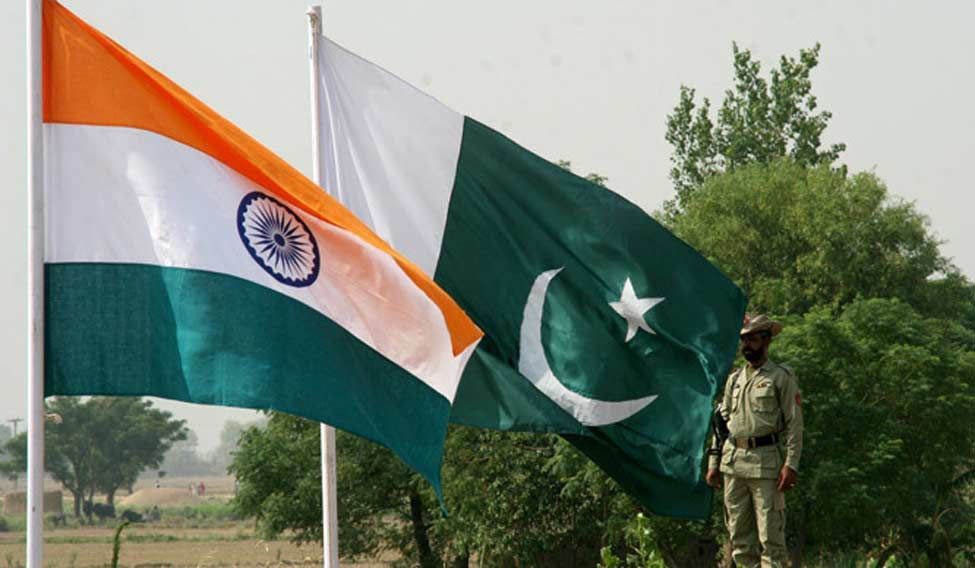
The idea of a plural India is being challenged like never before

Of late, the Indian media has reported dozens of violent incidents of lynching and mob violence related to cattle trade and beef consumption. So much so, that many Indians have started to regard cow-related mob violence as a "trend".
But trends and their supporting narratives need to be supported by data and analysis, and this is where the problem occurs. There is no comprehensive, official, reliable data on such violence. However, there are political commentators and data collected from Google searches and news reports, and perhaps, this is why two disparaging narratives have formed.
The first narrative is that there is a terrifying uptick in the frequency of cow vigilantism in India and this is a result of policies imposed by Modi’s Bharatiya Janata Party (BJP) government. "Mobs feel emboldened when the government sides with their violent action. The Gujarat government has recently legislated a life term for cattle slaughter. The Chhattisgarh chief minister has said recently that the punishment for cattle slaughter should be death. We should not be surprised that violence has ensued," says Aakar Patel, a columnist based in Bangalore.
This narrative is supported by IndiaSpend, a data journalism initiative, that has conducted content analysis of the English media from 2010 to 2017 to find that 97 per cent of instances of cow-related violence were reported after Prime Minister Narendra Modi’s government came to power in May 2014, that Muslims were the target of 51 percent of violence centred on bovine issues, and that out of the 28 Indians killed in the name of cow-protection, 24 were Muslim.
The report also shows that only 21 per cent of the cases are from southern or eastern states. About half the cow-related violence occurred in states governed by the Bharatiya Janata Party (BJP) at the time of the violence -- out of the report’s 63 cow-related violence cases 32 are from states governed by the BJP and 8 of the states were run by the Congress. "The states that have been affected are mostly in the north (of the country)," says Patel.
A second data set that explores whether the BJP government is responsible for the increase in incidences related to cow protection has been created by Rupa Subramanya, a Mumbai-based economist. She derived the data from publicly available news sources, and her data shows that although mob violence has risen steadily over time under both the United Progressive Alliance (UPA) and BJP governments, "mob violence was actually trending downward during the latter days of the UPA" and trend lines show that "mob violence has been trending upward since the BJP came to power in the middle of 2014".
According to Hartosh Singh Bal, the political editor of The Caravan, during the election that brought Modi to power, violence in Muzaffarnagar served as a tool for majoritarian mobilisation by the BJP. "Since then, the issue of cow slaughter has been used to keep communal issues alive under the guise of cow protection," says Bal.
Sushant Sareen, a strategic affairs analyst, tells TNS that "what has changed since Modi became prime minster is that the English language media has started reporting incidents of violence as communal issues with much less restraint. In places like UP, an accident or disagreement was previously reported without mentioning the communities involved but since 2014, even a small scrape between individuals from different communities is blown up as a communal incident."
Given that the data used to support the idea that there is a rising trend of cow vigilantism is derived from news reports, should cause a reconsideration of what we know. As Sareen says, "It isn’t as though India is engulfed in flames. These are isolated incidents blown out of proportion. Often these are fights over ‘secular issues’ -- train seat, accident, property, politics, water -- which then acquire communal overtones."
Read also: Editorial
But the former narrative also has the latest Pew report in its favour. The report cites that India ranks fourth highest in terms of social hostilities against religion, meaning that only Syria, Nigeria, and Iraq are worse off than India. Social hostilities include acts of violence motivated by religious hatred or bias, use of force to dominate public life with their perspective on religion, preventing religious groups from operating in the country, harassment of women for violating religious dress codes.
Additionally, no one is implying that the phenomenon of lynching itself was created by the Modi government. "Lynchings are not a new phenomenon, lynching related to beef/cows is what’s new," says Bal of The Caravan. Similarly, he adds, the idea behind the religious sanctity of cows is also not novel, neither is the fact that cow protection has historically been used as a mode of political mobilisation. What is novel is that the ruling government, as well as the public, are almost endorsing lynchings in the name of cow protection by largely standing aside.
Bal draws a deeper connection between the issue of cow slaughter and the ruling government. He describes that one of the men accused of murdering Mohammad Akhlaq -- the man from Dadri who was lynched for allegedly keeping beef in his personal freezer -- who died of a medical ailment, "was kept in a coffin draped in the tri-colour because he was considered a protector of ‘Hindu values’".
News about religious intolerance has been making its way across the border into Pakistan for quite some time, to distract us from our own blasphemy law and the violence it promises. The difference is that Pakistan has historically never been celebrated for its secularism or pluralism. But India has historically espoused both the values. But now, according to Bal, it seems that "the idea of a plural India is being challenged in a way that’s never been challenged before. It’s being run by a government that doesn’t espouse that view of plurality."